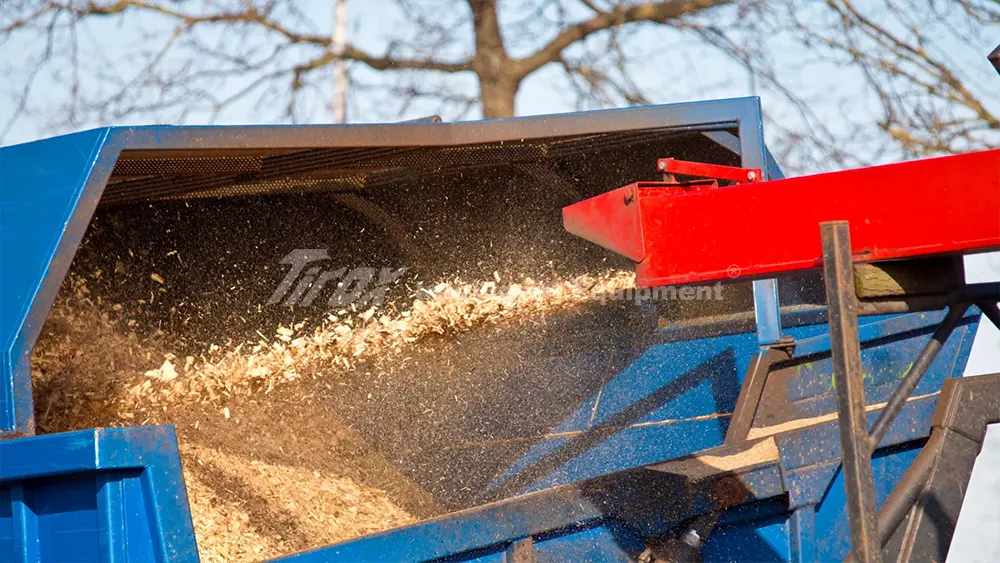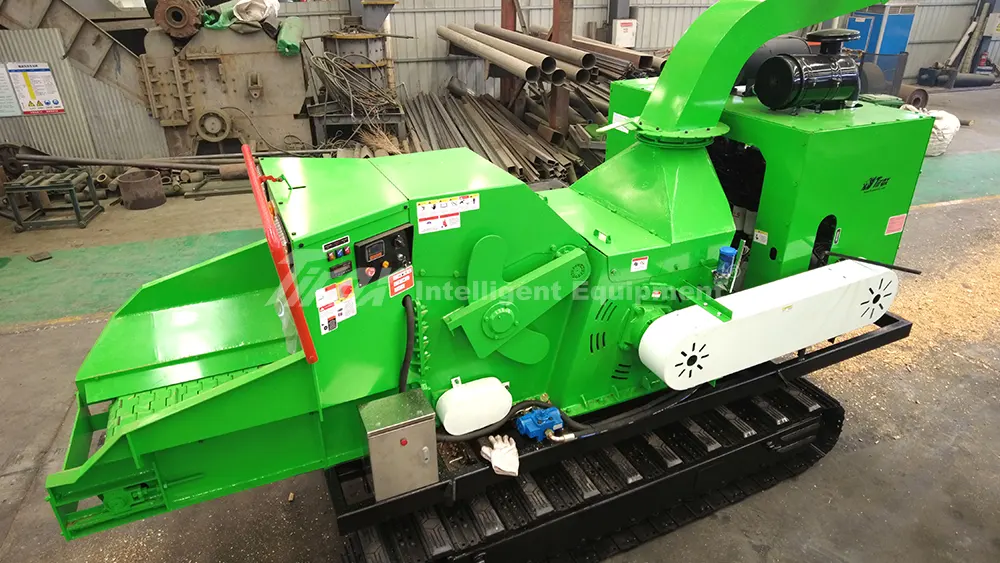If you’re in the woodworking, forestry, or construction industry, you’ve likely faced the challenge of dealing with wood waste. What if you could turn this waste into a profitable venture instead of letting it go to waste? The truth is, there are numerous ways to transform wood waste into valuable products, and with a bit of creativity, you can create new revenue streams.
Understanding Wood Waste
Before diving into how to make money from wood waste, it’s essential to understand the different types of wood waste you might have on hand. Common forms include:
- Sawdust: Fine particles produced during the cutting and sanding processes.
- Wood Chips: Small, irregular pieces of wood created during chipping or shredding.
- Bark: The outer layer of trees, often removed during processing.
- Offcuts: Leftover pieces of wood from cutting boards or other large pieces.
- Scrap Lumber: Broken or irregular pieces unsuitable for the original purpose.
These materials may seem insignificant, but they hold potential for various profitable uses.
Profitable Avenues for Wood Waste Utilization
Biomass Energy Production
If you’re dealing with large quantities of wood waste, consider converting it into biomass energy. This can be done by turning sawdust and wood chips into wood pellets or briquettes. Biomass energy is increasingly in demand as industries and consumers seek renewable energy sources. For example, many European countries have a high demand for wood pellets used in heating systems. By investing in a pellet mill, you could start supplying this market, turning your wood waste into a steady income stream.
Manufacturing Composite Wood Products
Another lucrative option is to use wood waste in the production of composite wood products like particleboard or Medium-Density Fiberboard (MDF). These products are commonly used in furniture manufacturing and construction. Companies like IKEA use particleboard extensively in their products, showcasing the high demand for these materials. By supplying wood waste to manufacturers or producing your own composite wood products, you can tap into this growing market.
Biochar Production
Biochar is a form of charcoal created through the pyrolysis of wood waste, a process that heats organic material in the absence of oxygen. Biochar is used in agriculture to enhance soil fertility and sequester carbon, making it a valuable product in the growing sustainable agriculture sector. Farmers and environmental organizations are increasingly interested in biochar, and if you have access to wood waste, you could produce and sell biochar to these markets.
Mulch and Compost
Wood chips and bark can be turned into mulch or compost, which are in high demand among landscapers, gardeners, and organic farmers. Mulch helps retain soil moisture, suppresses weeds, and adds organic matter to the soil. Compost, enriched with wood waste, is sought after in organic farming. For example, in urban areas where green spaces are limited, there’s a consistent need for quality mulch. By processing your wood waste into mulch, you could supply local nurseries and landscapers.
Animal Bedding
Sawdust and wood shavings are ideal materials for animal bedding, especially for livestock like horses, chickens, and small pets. Animal bedding is a consistent market, as farms and pet owners regularly need to replace used bedding. Companies that produce pet products often seek suppliers for natural, cost-effective bedding. By packaging and selling wood shavings or sawdust, you can cater to this niche market.
Charcoal Manufacturing
In regions with a strong barbecue culture, charcoal is always in demand. You can convert wood waste into charcoal through carbonization, a process that turns wood into a fuel source. Charcoal is popular not just for cooking but also for industrial applications. If you have access to significant amounts of wood waste, setting up a small-scale charcoal production facility could be a profitable venture.
Artisanal Crafts and Furniture
If you’re more creatively inclined, consider using wood offcuts and scrap lumber to craft artisanal furniture or decorative items. There’s a growing market for eco-friendly, handcrafted products, and wood waste can be the perfect material for creating unique pieces. For instance, reclaimed wood furniture is popular in interior design for its rustic and sustainable appeal. By producing bespoke furniture or crafts, you can sell to a niche market that values sustainability and craftsmanship.
Steps to Start a Wood Waste Recycling Venture
To turn your wood waste into profit, start with a feasibility study to assess the availability of wood waste and the market demand for the products you’re considering. Develop a business plan outlining your objectives, strategies, and financial projections. Invest in the necessary equipment, such as pellet mills or pyrolysis units, and ensure you’re compliant with local environmental regulations. Finally, create a marketing strategy to reach potential customers, whether it’s through online platforms, local markets, or partnerships with other businesses.
Conclusion
Wood waste is more than just a byproduct—it’s a resource with the potential to generate significant income. Whether you choose to produce biomass energy, craft artisanal products, or supply industries with composite wood materials, the opportunities are vast. By exploring these options, you can transform what was once waste into wealth, contributing to both your bottom line and a more sustainable future.






